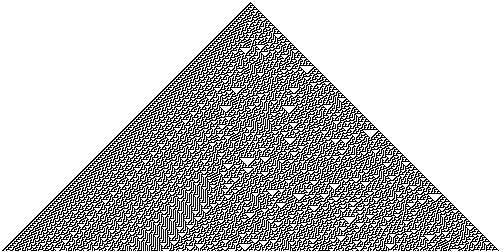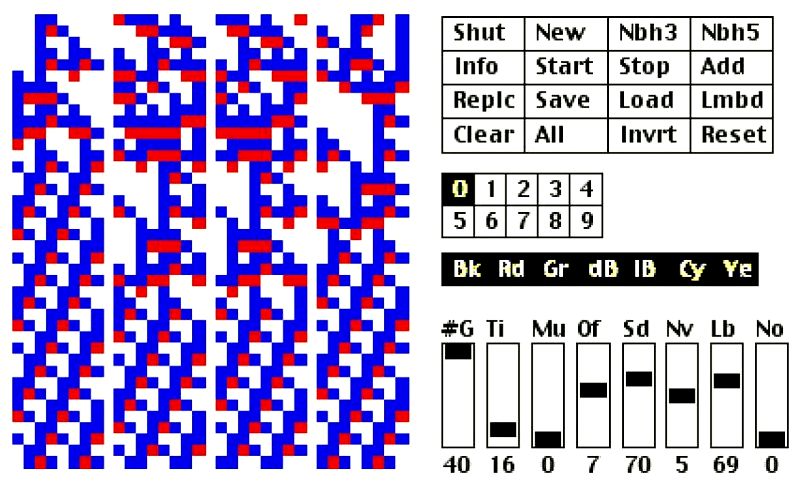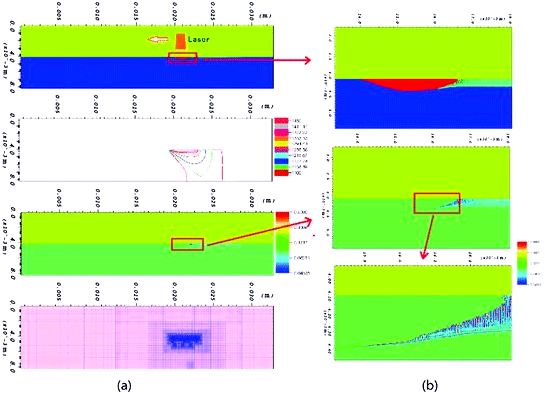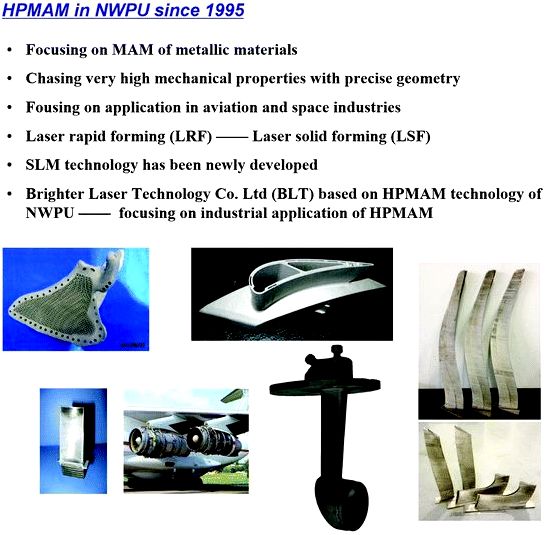Cellular Automata (Stanford Encyclopedia of Philosophy)
First published Mon Mar 26, 2012; substantive revision Tue Aug 22, 2017
Cellular automata (henceforth: CA) are discrete, abstract computational systems that have proved useful both as general models of complexity and as more specific representations of non-linear dynamics in a variety of scientific fields. Firstly, CA are (typically) spatially and temporally discrete: they are composed of a finite or denumerable set of homogenous, simple units, the atoms or cells. At each time unit, the cells instantiate one of a finite set of states. They evolve in parallel at discrete time steps, following state update functions or dynamical transition rules: the update of a cell state obtains by taking into account the states of cells in its local neighborhood (there are, therefore, no actions at a distance). Secondly, CA are abstract: they can be specified in purely mathematical terms and physical structures can implement them. Thirdly, CA are computational systems: they can compute functions and solve algorithmic problems. Despite functioning in a different way from traditional, Turing machine-like devices, CA with suitable rules can emulate a universal Turing machine (see entry), and therefore compute, given Turing’s thesis (see entry on Church-Turing thesis), anything computable.
Continue reading “Cellular Automata”









